Last year, almost every smartphone that wanted to be noticed sported a fancy dual camera; two lenses used to emulate the depth of field and optical zoom capabilities usually reserved for full-fat DSLRs. Now, Silicon Valley startup Light has turned the dial on this idea up to eleven, with the L16.
The company’s unusual looking camera is a substantial slab of glass and metal designed to offer the same versatility as a DSLR in a more compact standalone package. So how does this a wonder-camera achieve such a small form factor without compromising on image fidelity or resolution? With an array of 16 individual 13-megapixel sensors that work in unison to replicate the same capabilities as a DSLR body and a kit of several different lenses.
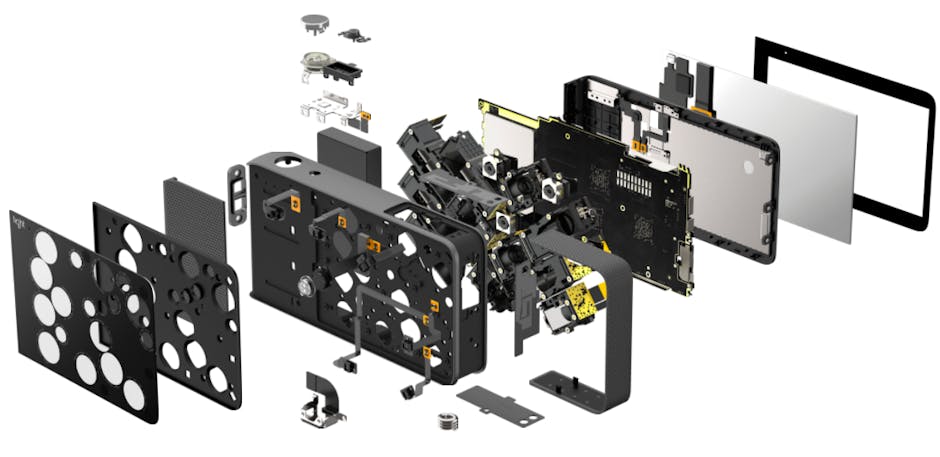
There are five forward-facing 28mm modules interspersed between five 70mm modules and six 150mm modules, the latter eleven of which use transverse mounting to keep the L16 at a relatively slim (compared to a DSLR at least) 2.4cm thick. That periscope-like layout allows for up to five times lossless optical zoom without awkward extrusions sticking out at the front and if the idea seems familiar, it’s a trick both Asus’ Zenfone Zoom and Oppo’s 5x Dual Camera Zoom prototype have also employed in the past.
When it comes to actually taking a snap, there’s no obvious transition between the camera’s various sensors at different zoom levels; with the resultant 52-megapixel+ images being comprised of ten or more individual shots that are then algorithmically stitched together.
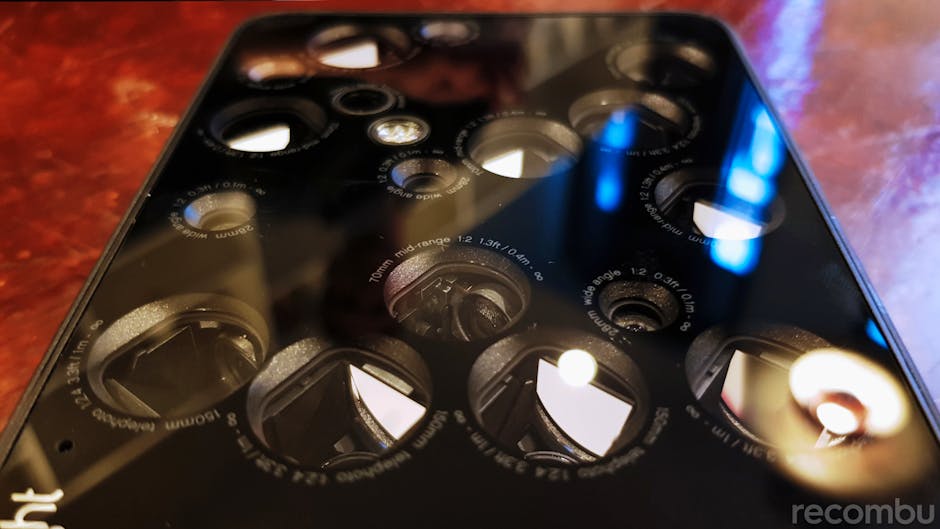
Multiple sensors covering overlapping areas of a scene also means there is more data at the L16’s disposal to help with blur and noise reduction during the post-processing phase, which should up its low-light photography chops too.
Smartphone fans will be familiar with the L16’s heart; a Qualcomm Snapdragon 820 SoC – the same chip found across several of 2016’s flagship handsets, including Sony’s Xperia XZ. It alone isn’t capable of compiling the image data offered up by the L16’s numerous sensors, so Light has developed its own ASIC and stuck three of them inside the camera to help with the heavy lifting.
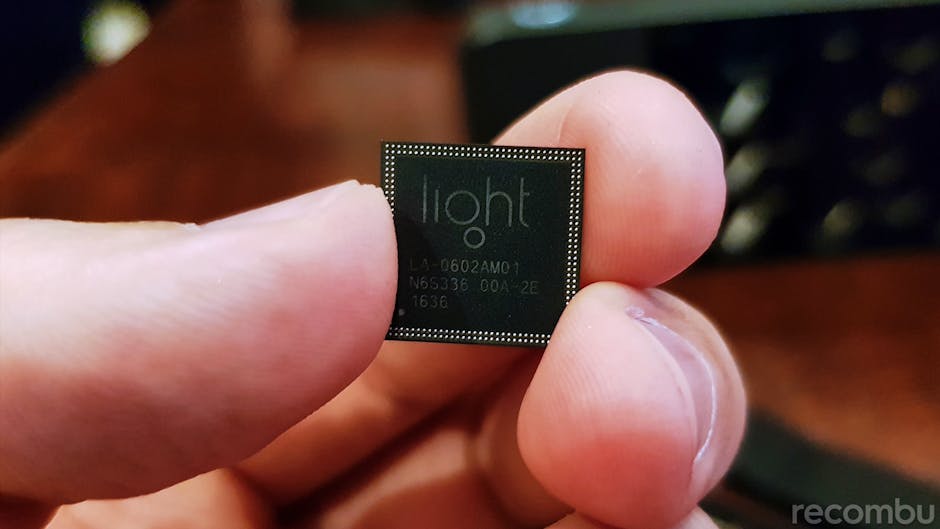
Despite being aimed at enthusiasts looking to slim down on the amount of kit they usually have to cart around with them, the L16 certainly approaches photography from a similar perspective to that of a smartphone. There’s a notable lack of physical controls, with a 5-inch Full HD touchscreen serving as the primary means of interaction. The dual-detent physical shutter button lets you wake the camera, find focus and thanks to its glowing LED surround, can also double as the battery indicator, but beyond that, it’s practically an all-touch experience (at least until the company enables the rear-mounted touchstrip).
The L16 boots directly into the camera experience but it’s actually powered by Android (Marshmallow at launch). There’s no Play Store, with only a smattering of other apps pre-loaded out the gate and the company says it’s still on the fence about users installing additional software (via sideloading or otherwise). Using an established operating system like Android, however, does at least facilitate easier distribution of updates, improvements and bug fixes.
Speaking of updates, one of the biggest issues with the L16 at launch is that it arrives with an incomplete feature set. The aforementioned touchstrip and proprietary accessory port aren’t yet activated, whilst video recording (at up to 4K resolution) has been slated to arrive later in 2018.
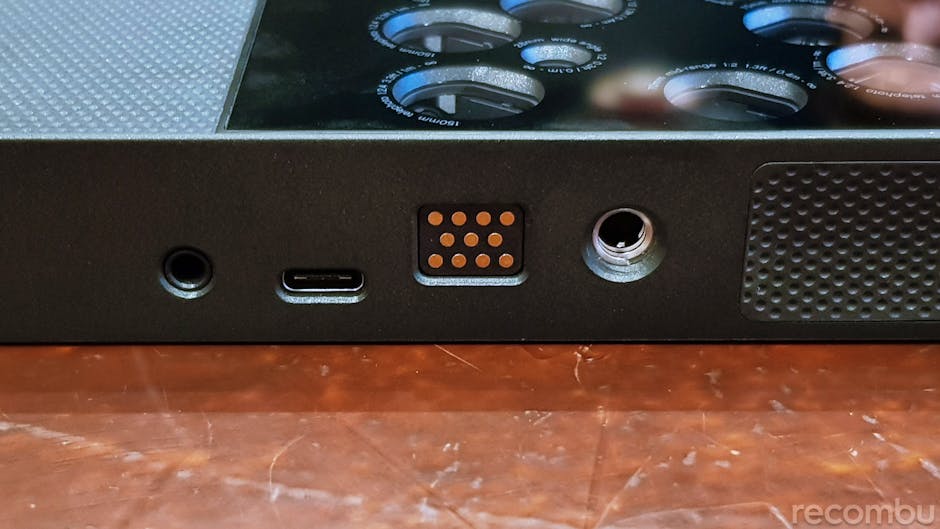
Handling photos from the L16 is also a relatively involved affair. It might offer much of the same connectivity as an Android tablet, with GPS, Bluetooth and WiFi, but the best way to work with images coming out of the L16 is by transferring them via USB-C to the company’s companion desktop software, Lumen. The images are encapsulated in a proprietary RAW format (.lri = Light Raw Image) that includes additional information like depth data, which can be used to refocus parts of shots after the fact.
By default, shots viewed on the camera itself are represented by single-sensor interpretations, with the option to force the L16 to process a five-sensor version of the same image if you want a higher-fidelity sample. Light advises on using Lumen for the bulk of your image work as it is so processor-intensive and will otherwise suck the life from the camera’s 4120mAh battery.
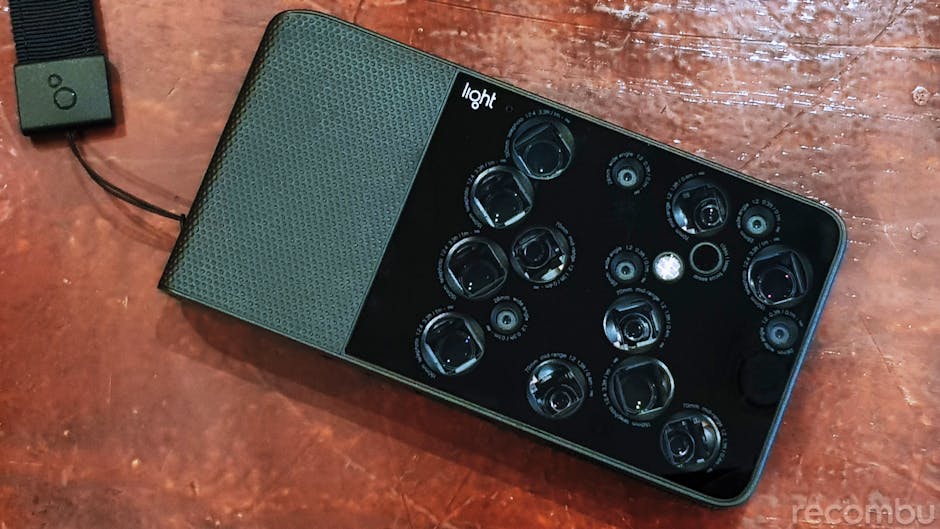
It’s worth noting that Light has offered up plenty of transparency on the future capabilities of both the L16 and Lumen, the roadmaps of which are detailed on its website.
Whilst there’s no faulting the concepts behind the L16, it certainly better serves the company as a proof-of-concept rather than its golden ticket. In truth, the company already appears to be aware of this fact, with plans to license out the technology at play inside the L16 to other manufacturers and brands. The company has already struck up a deal with Chinese manufacturing behemoth Foxconn and envisions Light-designed camera technology at work in both home and public security and surveillance roles, alongside finding a potential home on the back of smartphones.
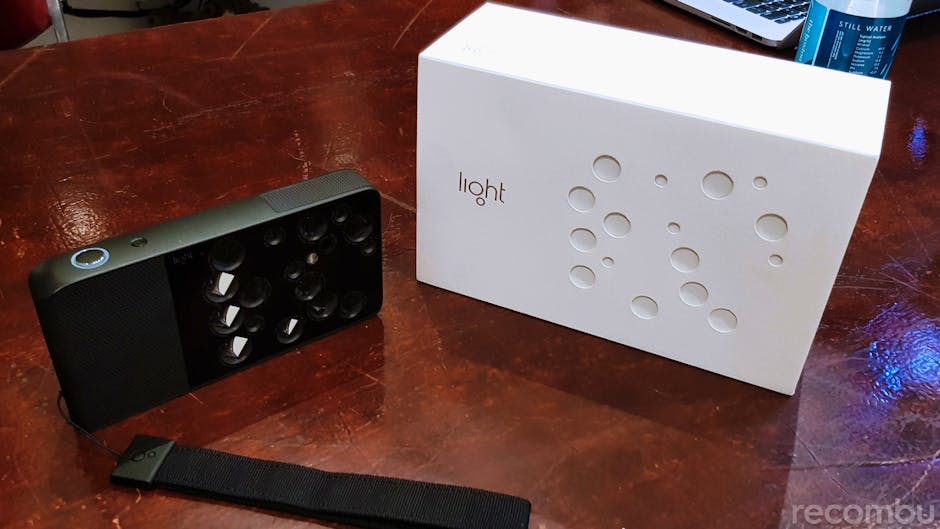
The L16 is available in the UK as of March 19th and costs £1850. Despite the high price tag, if it lives up to the promise of being able to replace your DSLR and multiple lenses, then it’s a comparatively affordable purchase. To sweeten the pot, the company is offering a limited-time 30 percent discount (by typing in the code ‘EUROTOUR’ at checkout) for a limited time.
Read next: What are the best camera phones right now?
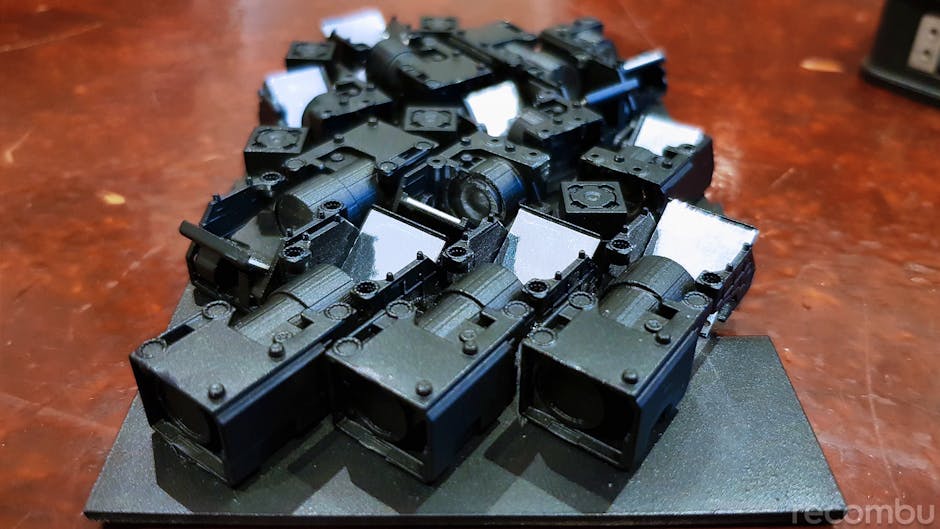
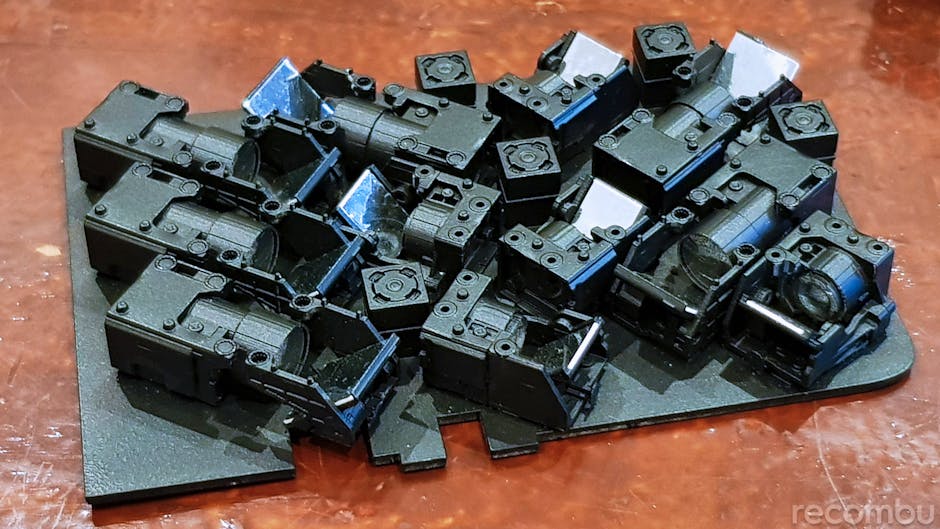
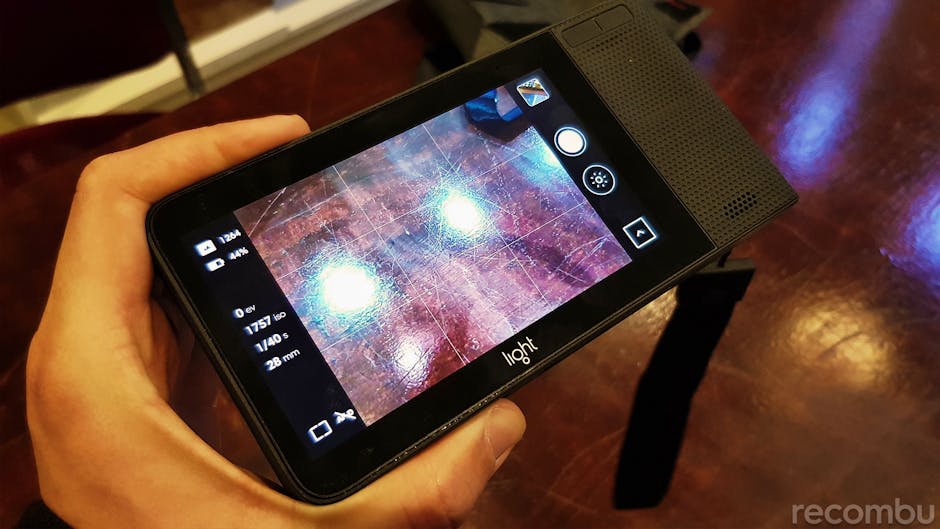
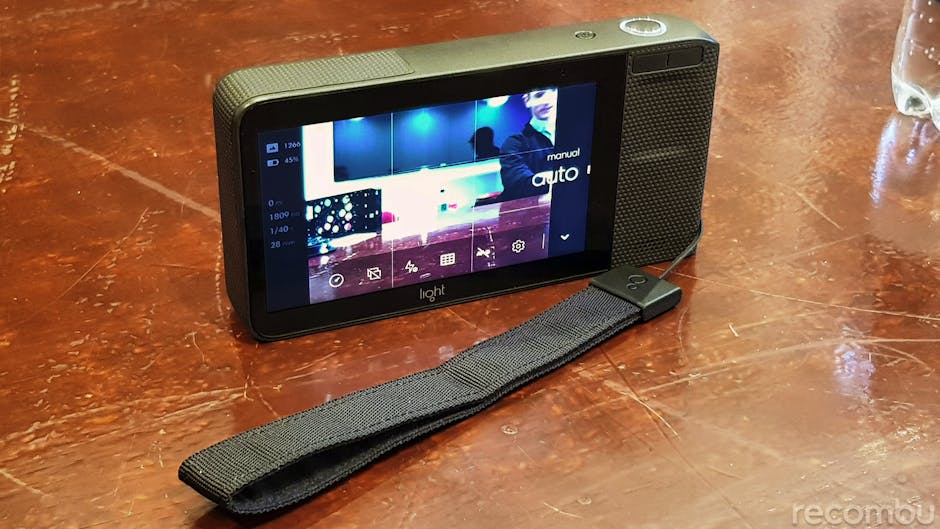
Leave a Reply